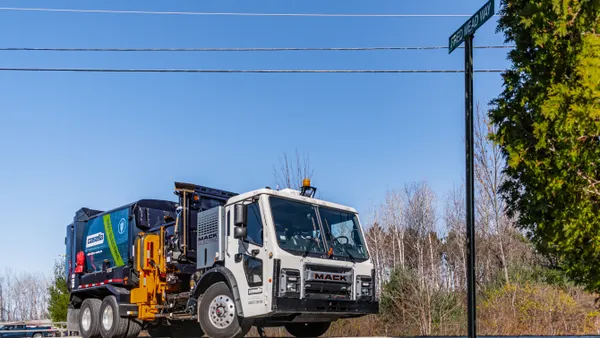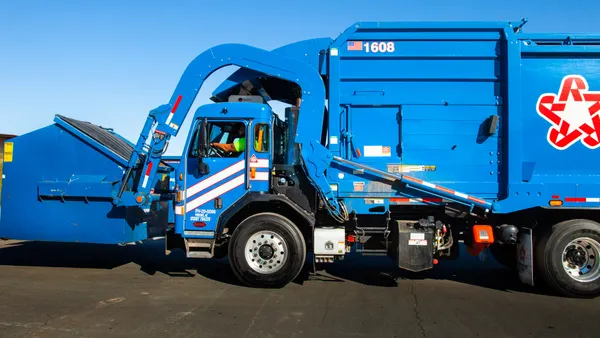UPDATE, Nov. 27 — The Occupational Safety and Health Administration (OSHA) has announced that it will delay its requirements for submitting employee injury and illness data electronically until Dec. 15. The original July 1 submission deadline for the "Improve Tracking of Workplace Injuries and Illnesses" had already been pushed back to Dec. 1 in a move, the administration said, that would allow employers more time to familiarize themselves with the digital portal.
Though the administration's previous requirements stand until the new deadline, OSHA notes that it is reviewing other provisions in the rule for potential updates that could revise or remove certain portions of the guideline next year.
Dive Brief:
- As part of the Occupational Safety and Health Administration's (OSHA) "Improve Tracking of Workplace Injuries and Illnesses" rule, certain employers in high-risk industries like construction, manufacturing and building materials must submit electronically their 2016 injury and illness data from OSHA Form 300A by Dec. 1. "Waste collection," "waste treatment and disposal," and "remediation and other waste management services" are also included as "high-risk" industries.
- This applies to each employer establishment — not necessarily the entire company, but every single location where the company provides services or performs industrial operations — with at least 20 employees and no more than 249. These high-risk establishments must then submit their 2017 300A forms by July 1, 2018, and then annually by March 2 thereafter.
- Establishments in any industry and with 250 employees or more have the same 300A December reporting obligation but must submit OSHA Forms 300A, 300 and 301 for 2017 incidents by July 1, 2018, and then annually on March 2 starting in 2019.
Dive Insight:
In May, OSHA said it would propose pushing back the compliance date from July 1 but did not specify Dec. 1 as the new deadline until June. In its rule-change proposal, OSHA said that not only did employers need time to become familiar with the electronic reporting system, but that it was also giving the Trump administration an opportunity to review the new electronic reporting requirements.
Despite the compliance deadline delay, OSHA introduced its electronic reporting system on Aug. 1. Employers will be able to use the web-based system's Injury Tracking Application to report the information that would normally be submitted on the paper forms.
Consturction industry groups like the National Association of Home Builders have pushed back against the electronic reporting requirements, more specifically at OSHA's intention to make some of the submitted data available for the public to view online. The NAHB and others have argued that displaying what they have characterized as proprietary information online could constitute violations of employers' First and Fifth amendment rights. They also allege there will be no supplemental information added to the illness and injury reports that show what measures construction companies took to prevent similar incidents from happening in the future.
OSHA also delayed enforcement of its new silica standard from June 23 to Sep. 23. Before the rule went into full enforcement Oct. 23, the agency established an additional 30-day enforcement grace period in September for those employers making a good faith effort to comply with the standard.
Critics of the rule, which reduces allowable exposure limits to silica dust and imposes other related requirements, have argued that the new standard is too burdensome and expensive for many construction businesses.











